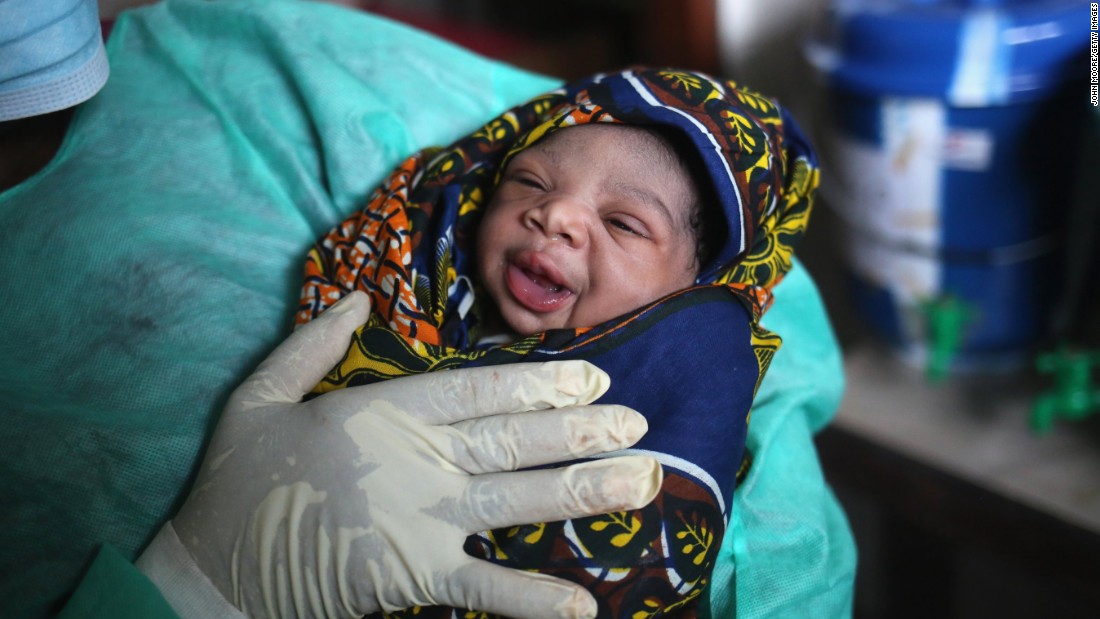
Kenyan women need more C-sections
Kenya’s national health insurance firm (NHIF) to which all civil servants -including myself, have contributed to – is up in arms because it is spending too much on C-section.
C-Section deliveries costing NHIF KSh1-billion
The article states that …….
‘Official records show that 24,492 mothers opted for C-section — a surgical operation to help deliver a baby — in the first half of 2016, up from 22,411 in a similar period a year earlier, representing a nine per cent increase’
The words ‘opted’ imply that all these women had the option of a vaginal delivery but opted for surgery. I have my doubts on the accuracy of that…..
Are C-sections in Kenya abnormally high?
There is no optimal rate of C-section but The World Health Organization (WHO) has suggested that a caesarean delivery rate of 15% should be taken as a threshold that should not be exceeded.
I looked up data from the WHO to see how Kenya was faring with C-sections….
WHO data on C-sections in Kenya
The data was collected from 2003 to 2011. It showed that rural poor women in Kenya had C-section rates of 3.2% (of all live births) compared to 11.1% among the urban rich. Among all the African countries in this WHO analysis, Kenya had the biggest difference in the rates of C-section between the rich and poor.
The C-section rate in Kenya is not above the WHO threshold. Rich urban women may perhaps have exceeded the threshold since 2011- but I have not seen the data to suggest that. In fact the opposite is true – the majority of women giving birth in Kenya risk not having a C-section if they need one
Data on death of women and their babies tell us that there is NOT ENOUGH C-sections being conducted in Kenya.
And here is the evidence……
In Kenya, of every 100,000 live births, about 362 women die giving birth or just after giving birth. This amounts to 3,620 women dying each year.
Kenya Demographic Health Surveillance – 2014
Some of these deaths can be prevented if C-sections are conducted on time.
The people failed most by the lack of C-sections are babies. In Kenya, a total of 40,000 babies under a month of age die each year – of whom 34% is a result of birth trauma and birth asphyxia. That is roughly 13,600 babies that would be saved if their mothers had a C-section on time, when they needed it.
Baby’s dead in the first month of life in Kenya
That figure is deaths – what is rarely counted in this country are the numbers of children delivered after a prolonged labour who are disabled, many often severely disabled due to the labour process. Cerebral palsy is one of the commonest motor disability in children and a difficult birth is one of the causes.
Many county hospitals have one theatre and across the country, women waiting for a C-section end up delivering dead babies as they wait in a queue outside the theatre. For some women, the long journey to a hospital means it’s too late and their baby cannot be saved.
As a country – we should be making sure there are more theatres for women to have C-sections and not counting losses from lives that have been saved.
If the NHIF is managing itself poorly and losing money, it should not put the life of women at risk by bringing out the ‘our women are getting too posh to push’ line. There may be a number of women who decide that their birth plan is a C-section without a medical reason – 100% of whom are the urban rich. For every other woman, having C-sections is a choice between having a healthy baby and a severely disabled child/ a dead child or a live one. That is not an unnecessary C-section.
After nine months of carrying a baby and feeling the baby move in your body, every woman deserves every chance to return home with a warm bundle of life not a body to bury or an avoidable severe disability.
**************************************************************
If you have enjoyed this read, please vote
as Best public health blog in category 16 and Best Kenya blog in category 23 by going to Vote at bakeawards.co.ke
Thanks
Comment
Comments are closed.




Moses
CS vs normal delivery…….point noted